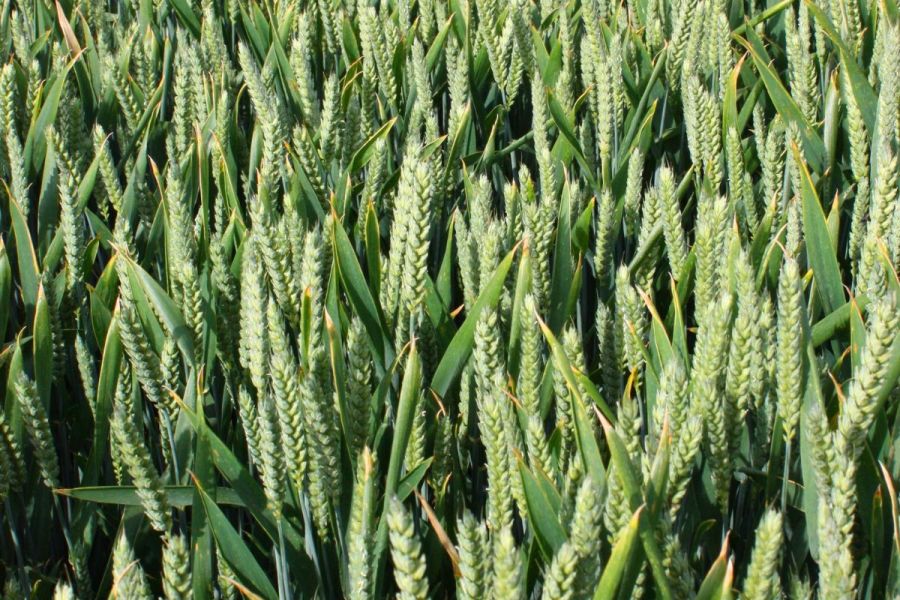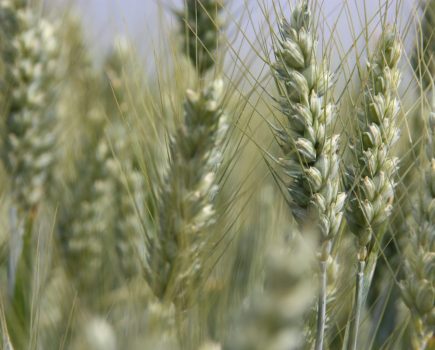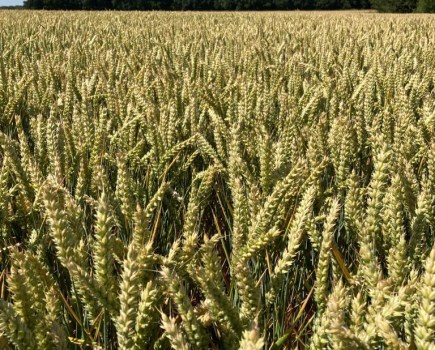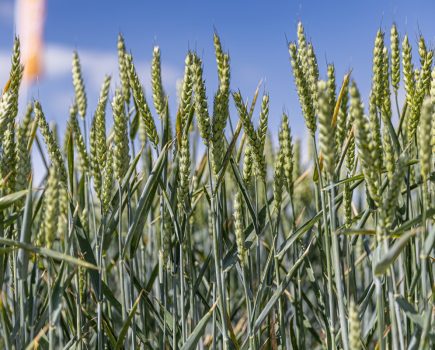The collection mechanism has changed for the better, believes BIPO
The Royalty Area Collection (RAC) is a license between the breeder and the farmer who wants to use a protected variety. By signing it, the farmer agrees to pay royalties at an agreed rate.
Until last autumn, BIPO’s RAC scheme operated under a per hectare basis for both certified and farm-saved seed, with the rate being the same for both.
In this system there was no royalty attached to the sale of certified seed, instead it was the grower’s responsibility to declare the planted area and pay a royalty rate accordingly, explains BIPO’s Hugh Harley. “Similarly, the following years the grower would be sent a declaration form to note any areas planted with certified seed of the variety, and any areas of farm-saved seed from the previous year’s crop.”
With the new RAC+ system, certified seed now has a royalty attached (for example, £95 for RGT Hexton), meaning the farmer doesn’t have any costs following the invoice from the seed merchant.
“When they’re sent a declaration from BIPO, they simply state the tonnage purchased and from which merchant. Then, when the farmer declares a RAC+ variety with farm-saved seed, he simply enters the area planted and BIPO invoices the grower on behalf of the breeder,” adds Hugh.
“The rate is unified between the two, although it can of course vary due to sowing rate per hectare. For example, 5ha/t of seed – 5 x £18/ha = £90 for farm saved-seed planting of Hexton.”
All BIPO-listed varieties are covered by one licence which remains valid until a farmer no longer uses those varieties, when it can be cancelled.
This article was taken from the latest issue of CPM. For more articles like this, subscribe here.
Sign up for Crop Production Magazine’s FREE e-newsletter here.




